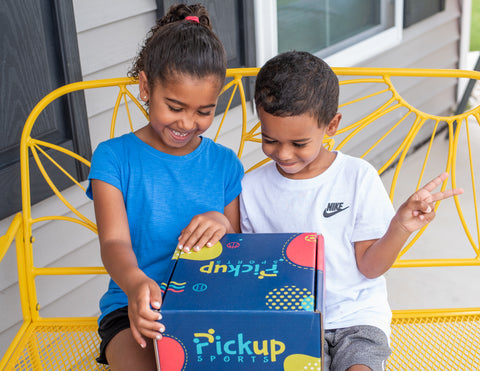FAQ
Sports FAQ
Common questions from parents about youth sports
1.
Is my child ready for sports participation and am I doing the right things?
As a sports medicine physician whom has treated and researched young athletes and their training patterns for over 15 years, our Chief Medical Advisor Dr. Neeru Jayanthi had the opportunity to speak around the world about what our research and other experts recommend about youth sports training, performance, participation and injury risks. We surveyed more than 500 parents and found many positive association of sports activities in young children. However, each child may have a different goal, and each family may want something different in the long-term from sports. There are some whom want to develop elite level skills and develop a competitive athlete. However, there are many whom want less competitive environments that still create opportunities for fun physical activity, friendships, confidence, and character-building. There are still other families whom have little relationship with sports and may feel disengaged, disinterested or discouraged. This last group may still want the best for their child, and have some longer term goals of physical activity that can be accomplished through some level of sport participation. The answer to this fundamental question lies in assessing your child’s physical abilities, interest and exposure.
2.
Why should my child consider some sport exposure at younger ages?
There are a number of reasons why it is important to develop some early sport physical developmental skills between the ages of 3-6. Actually, these may often be best accomplished with parents introducing these opportunities to keep it fun, engaging and provide variety and encouragement with positive experiences. This may need simple instructions, equipment, and a roadmap for a variety of sport experiences for the parents and children. Benefits of early sports exposure with parental involvement: • Parents are the most powerful influence to introduce a sport to their children • Parents who are more physically active are more likely to have children who are physically active • Children whom have better motor control before the age of 6 are more likely to be physically active • Kids who play sports have better confidence and academic performance • Playing multiple sports and exploring a number of sports during childhood rather than specializing in one sport is more likely to avoid overuse injuries, lead to better performance and long-term participation in sports • The costs of organized sports between the ages of 4-8 years old can often range between $600-$1200 and about $100-200 for equipment alone per child
3.
How can I evaluate my child for their ability to play sports?
There are a number of specific areas of ball control (throwing, kicking, catching, dribbling, hitting) and motor development (running, jumping, leaping, balance) that can be easily assessed with simple guidance and equipment. However, other important factors should be considered such as a child’s age, overall interest in sport activity, competition, and parent’s sports and physical activity. A parent should be able to easily assess these factors and their child to determine their overall “Sport readiness”. Most children will fall along a spectrum of abilities and interest and could enjoy different experiences and games or challenges to encourage them to reach their sports physical goals. It is generally recommended that having some competency and even mastery of these motor and ball control skills is needed prior to organized sports and competitive experiences to optimize chances of a positive long-term sports experience.
4.
Is my child ready to participate in organized sports?
Organized sport may often not be necessary at young ages (6 and under), but early introduction through sports exposure by parents in a familiar home environment may have a number of benefits. In fact, particularly in ages 3-6, some children do not respond to “traditional sports experiences” and really just need fun games and activities that keep them engaged and develop some of their motor skills and ball control skills (without even realizing it). Sometimes premature introduction to organized sports may result in negative experiences; athlete development pathways such as Canadian LTAD (Long-Term Athlete Development) recommend more organized sport experiences (formal coaching and competition) between 6-10 years old. However, even in this setting, there needs to be age and developmentally appropriate matching of children for optimum positive experiences and retention. It has been reported that approximately 70% of children (especially girls) quit sports by 11-13 years old. Alternatives to intensive, specialized sports training environments are critical to long-term sports participation. This does not need to include formal competitive or coaching environments, but self-directed free play has many potential benefits.





